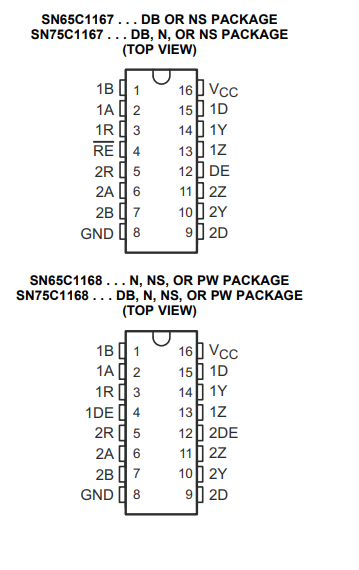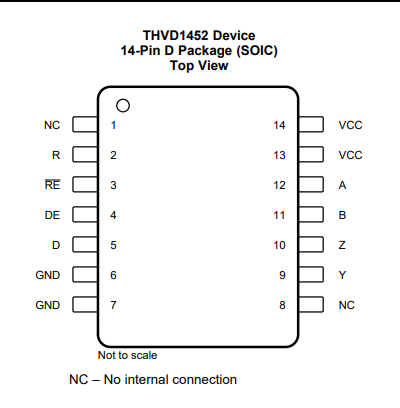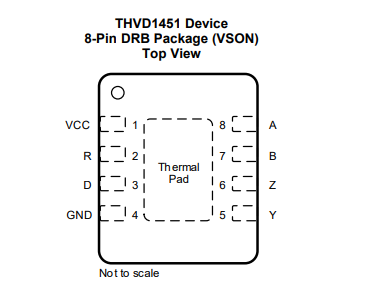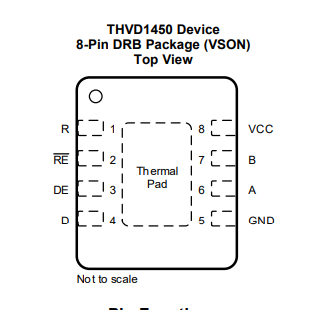Other Parts Discussed in Thread: THVD1452, THVD1450, , THVD1451
Hi Experts,
We understood that:
1. if one output is shorted for more than one second or
2. if both outputs are shorted.
the component will be damaged.
Our customer wonder the scenario where such conditioned short circuit (like only one output shorted, or shorted for less than a sec) might occur. He said that he might have misunderstood the statement in the datasheet.
They also needed some option for output short protection. Atleast longer than 1sec. We hope that you can help us.
Thank you and kind regards,
Gerald





